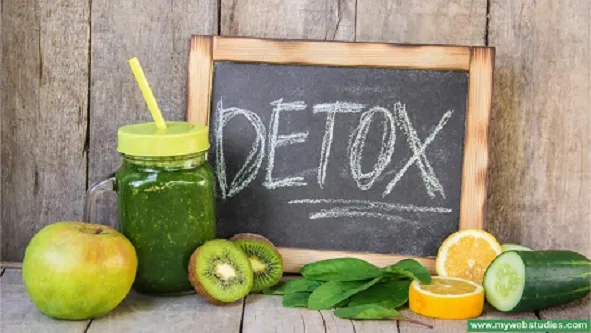Transcription Low calorie diets
The combination of regular physical exercise and the consumption of a balanced diet with energy control are the most effective strategies to reduce overweight and obesity. This duality promotes the loss of body fat and helps maintain muscle mass, which is crucial to avoid weight gain when returning to a regular diet. By implementing these practices consistently, it promotes not only weight loss, but also overall improvement in health and wellness.
Hypocaloric diets are a therapeutic tool to fight overweight and obesity, therefore, they must be elaborated and controlled by nutrition specialists who indicate to the patient the guidelines to follow with food and physical exercise, in order to achieve the recommended weight loss, without putting the patient's health at risk.
Characteristics of healthy hypocaloric diets:
- They should provide fewer calories than our organism needs, maintaining the supply of all the necessary nutrients. These diets generate calorie deficits of between 500 and 1000 kilocalories.
- Diets should be individualized, taking into account some aspects such as the state of health, the amount of weight that needs to be reduced, age and sex, among others.
- Physical activities should be planned to help reduce weight and maintain muscle mass, which tends to decrease when hypocaloric diets are consumed.
- Our eating habits should not change drastically. Healthier habits should be adopted, but little by little, to achieve adequate acceptance.
- Weight reduction should be long term, to avoid very restrictive diets that do not provide the necessary levels of nutrients.
- They should include nutrient-dense foods, such as vegetables, greens and low-fat dairy products.
- They may constitute a health risk, so it is recommended that they be guided by nutrition specialists.
Role of physical activity in the effectiveness of hypocaloric diets:
- The main role of physical activity during the implementation of hypocaloric diets is to attenuate or avoid the reduction of muscle mass, since this would cause the reduction of daily energy expenditure; therefore, the organism would not have to resort to the use of fat reserves, thus hindering the reduction of body mass.
- Physical exercise also improves the individual's self-esteem, facilitating modifications in lifestyle and consumption patterns.
- The practice of sports or the performance of physical activities causes a greater feeling of general wellbeing, avoiding the appearance of anxiety, depression and other moods that favor uncontrolled food intake.
Risks caused by hypocaloric diets:
- Nutrient deficiencies: Diets with reductions greater than 1000 kilocalories per day, can cause nutrient deficiencies that affect health, with varying degrees of seriousness, and different clinical manifestations.
- Weakening of the immune system: When calorie intakes are reduced too much and energy levels in the body are depressed, the body launches a stress signal, which releases the production of cortisol, a steroid hormone, which among its main functions is to suppress the immune system, opening the door to infectious diseases.
- Manifestations of extreme physical exhaustion: The high production of cortisol continuously, causes the adrenal glands in charge of its secretion to be exhausted, and as a consequence, the lack of the hormone is produced, manifesting the sensation of tiredness and extreme physical exhaustion.
Recommendations to elaborate hypocaloric menus:
- To prevent the hypocaloric diet from being rejected, meals with good taste should be prepared, which are attractive to the palate; for this purpose, use spices and condiments such as garlic, onions, lemon, bay leaf, vinegar, etcetera.
- Try to include as many foods as possible in the diet, in order to achieve the contribution of all the necessary nutrients.
- Select foods that are nutrient dense and low in calories, such as low-fat dairy products, vegetables and greens.
- Choose high-fiber foods that help increase satiety and regulate digestive processes. Example: whole grains, vegetables, fruits and legumes.
- Food preparation should preferably be baked, steamed, boiled and grilled; avoid stews, sauces, fried, breaded and battered foods.
- Plan menus in advance, respect the ingredients and quantities corresponding to each day and time.
- Drink plenty of water and do not consume alcohol.
hypocaloric diet




